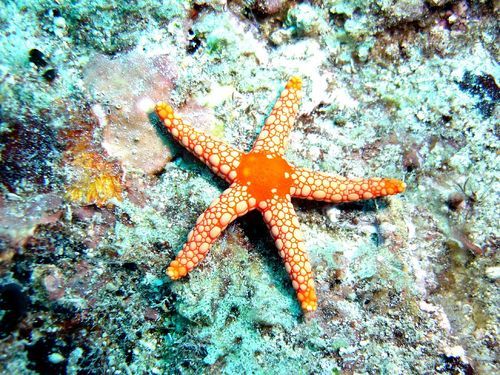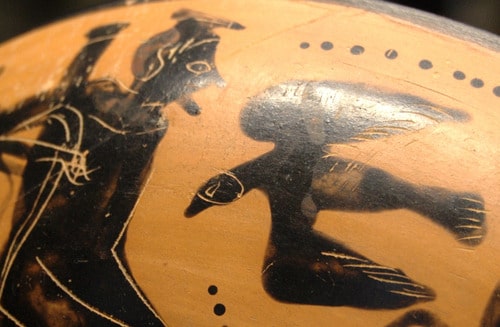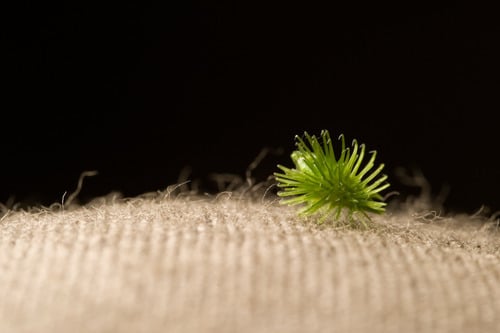
Allevi Blog
A Brief History of Regeneration and Biomimicry in Biology
- Updated on February 24, 2020
Mother Nature is a master engineer. Through years of evolution, it has fine-tuned the relationship between structure and function for all organisms. By turning to nature for inspiration, scientists, builders, inventors, and thinkers have improved the lives of individuals every since the dawn of mankind. Here at Allevi, we’re fascinated with regeneration and biomimicry in biology. Today’s biologists and bioengineers are hard at work trying to understand the ability of animals like starfish and geckos to regenerate lost tissue.

Many experiments have been done in this field of regenerative medicine; using stem cells, biocompatible materials, and cellular scaffolds are commonplace approaches. By synthesizing these technologies with 3D printing, we’re able to imagine a future where a damaged heart valve can be bioprinted and implanted into a patient—perhaps all in one doctor’s visit. And more.

The idea of regeneration stems all the way from ancient Greek mythology, in the legend of Prometheus. After being banished for aiding mankind, the immortal god was chained to a rock where an eagle ate away at his liver each night. The liver would continuously regenerate by the next day, thereby extending Prometheus’s punishment. We’re interested in the regeneration part.
Of course, modern applications aren’t so gruesome. But the ancient Greeks were onto something when they named the liver “hepar,” meaning “to repair oneself.” Modern-day science has shown that the liver is the only organ that can spontaneously regenerate itself after injury.
History shows how the promise of regenerative medicine has grown. By the late 16th century, tissue grafting became established. And now, surgical implants, skin grafts, cell therapy, bone marrow transplants, and tissue engineering are regularly used tools in regenerative medicine.

There’s a lot that we can learn from nature. Take, for example, something simple like Velcro. The design of Velcro mimics the morphology of burs, which have small hooks that naturally latch onto fibrous surfaces. Similarly, Leonardo da Vinci’s design for a flying machine was closely based on the wing structure of bats. There are countless examples of technologies that mimic what happens in nature, from the molecular scale to the macroscopic.
As we create the lab tools of the future, we continue to push against the boundaries of regeneration and biomimicry in biology. Our hope is to help mimic what Prometheus, starfish, and geckoes do. By taking a cue from their ability to regenerate lost or damaged tissues, Allevi aims to provide an intuitive platform for designing, redesigning, building, and rebuilding 3D biological structures and devices—that is, to spearhead a new age of rapid bio-prototyping.
It’s in our nature.

